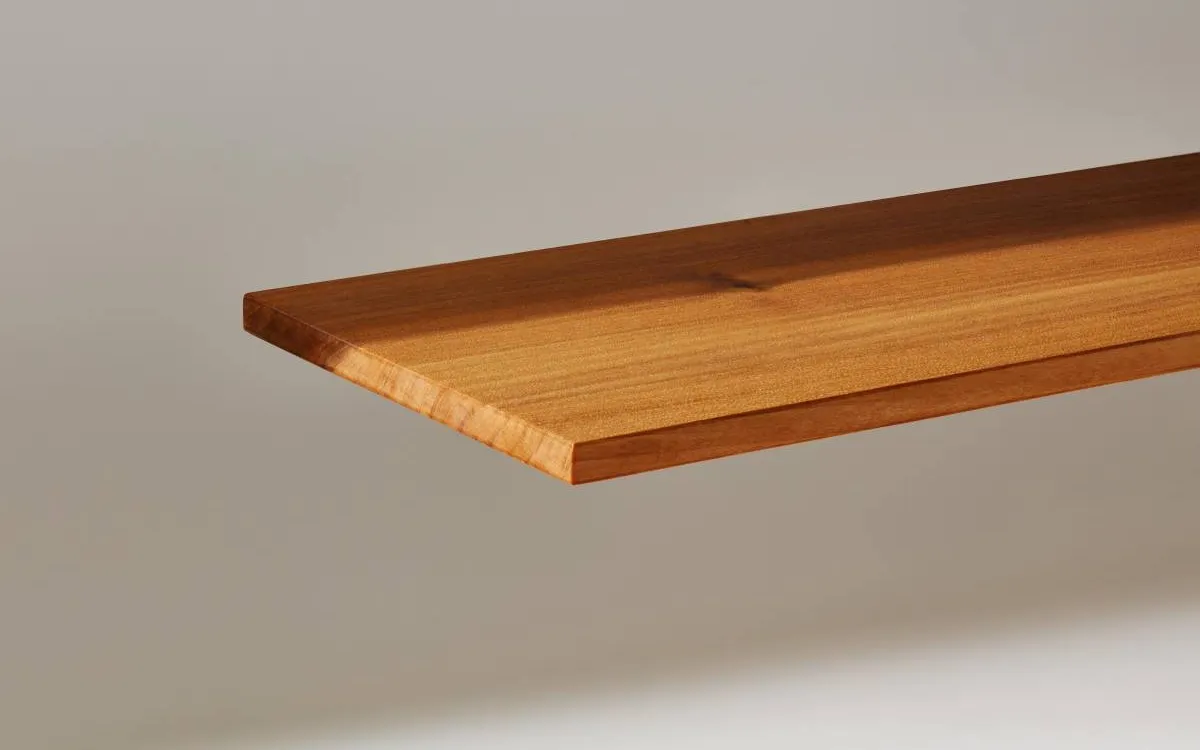
In a remarkable breakthrough that seems to be straight out of science fiction, researchers at the University of Maryland have developed a method to transform ordinary wood into a material that is stronger than steel. This innovation, led by Liangbing Hu, a materials scientist, emerged in 2018 and has since evolved from a laboratory concept into a promising commercial product.
Initially, Hu faced significant challenges in bringing his discovery to life. "All these people came to him,” remarked Alex Lau, CEO of InventWood, “He’s like, OK, this is amazing, but I’m a university professor. I don’t know quite what to do about it.” Rather than abandoning the project, Hu dedicated the following years to refining the technology, significantly reducing the time required to produce this advanced material from over a week to just a few hours.
With the technology ready for commercialization, Hu licensed it to InventWood, a startup poised to manufacture the first batches of Superwood in the summer of 2023. "Right now, coming out of this first-of-a-kind commercial plant — it’s a smaller plant — we’re focused on skin applications," Lau noted. The long-term vision for InventWood is ambitious, aiming to tackle the core structural elements of buildings, as concrete and steel account for 90% of the carbon footprint associated with construction.
To establish its manufacturing facility, InventWood successfully raised $15 million in the initial close of a Series A funding round. This investment was spearheaded by the Grantham Foundation and included contributions from Baruch Future Ventures, Builders VC, and Muus Climate Partners, as reported exclusively by TechCrunch.
InventWood's Superwood starts with regular timber, which primarily consists of two key compounds: cellulose and lignin. The innovative goal is to enhance the existing cellulose within the wood. Lau explained, “The cellulose nanocrystal is actually stronger than carbon fiber.” The process involves treating the wood with food-grade chemicals to alter the lignin and then compressing it to amplify the hydrogen bonds between cellulose molecules.
This compression process can increase the density of the material by four times, but the resulting strength is exponentially greater. “It’s actually more like 10-times stronger because of all these extra bonds that get created,” Lau added. As a result, Superwood boasts 50% more tensile strength than steel, along with a strength-to-weight ratio that is ten times better. Additionally, it is classified as Class A fire-rated, exhibiting high resistance to flames, rot, and pests.
InventWood plans to initially offer facade materials suitable for commercial and high-end residential buildings. The compression also enhances the wood's color, resulting in a product that mimics the appearance of rich, tropical hardwoods. “You end up with something that looks like these richer, tropical hardwoods,” Lau explained.
Looking ahead, InventWood envisions utilizing wood chips to produce structural beams of any size that require no finishing. “Imagine your I-beams look like this,” Lau said, showcasing a sample of Superwood. “They’re beautiful, like walnut, ipe. These are the natural colors. We haven’t stained any of this.”
With the potential to revolutionize the construction industry, Superwood represents a significant advancement in sustainable materials. As InventWood prepares to launch its first products, the future looks promising for this innovative approach to wood technology, offering both strength and aesthetic appeal while addressing environmental concerns.